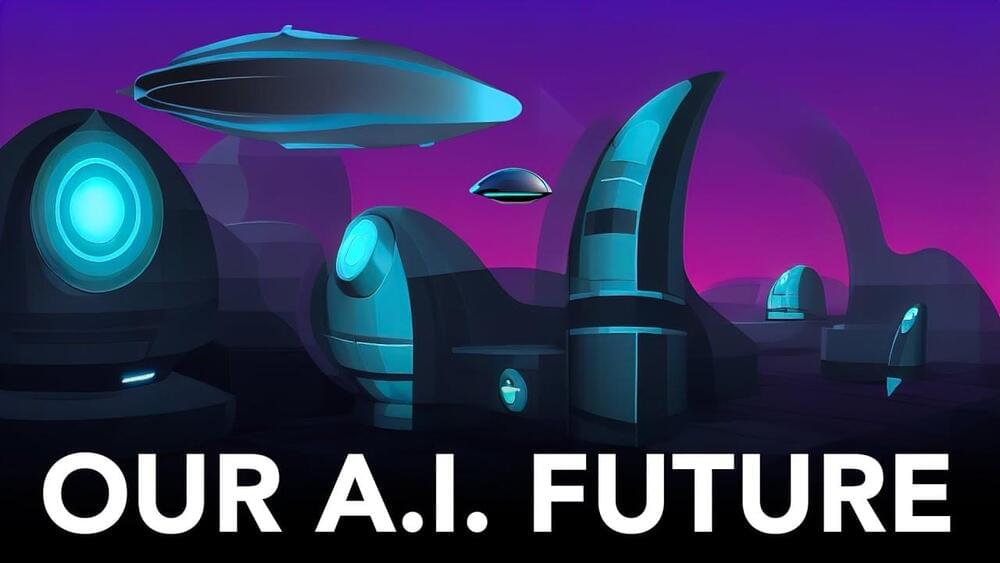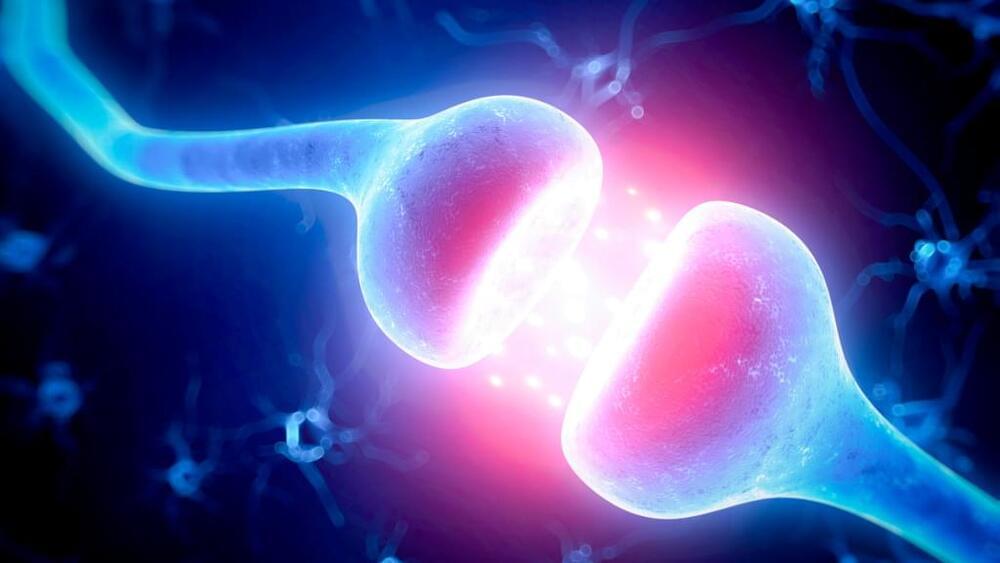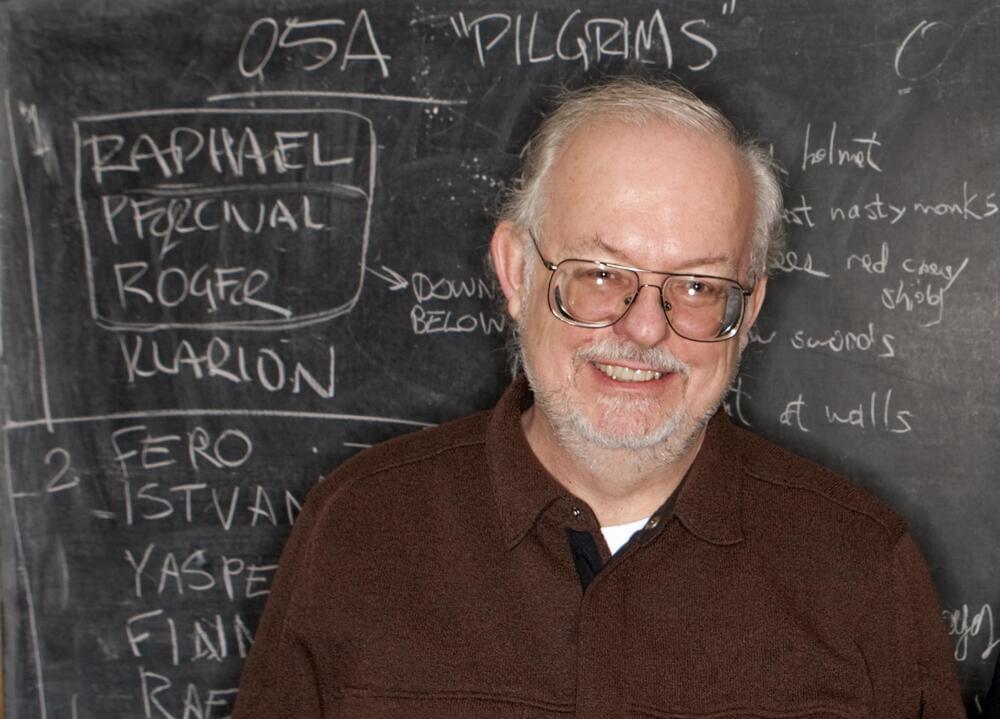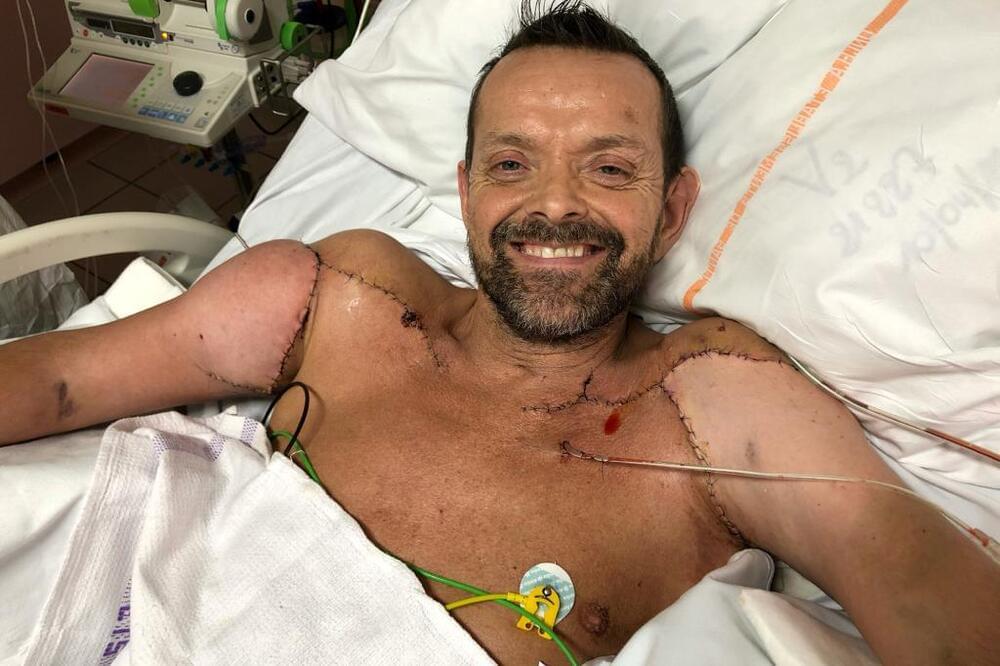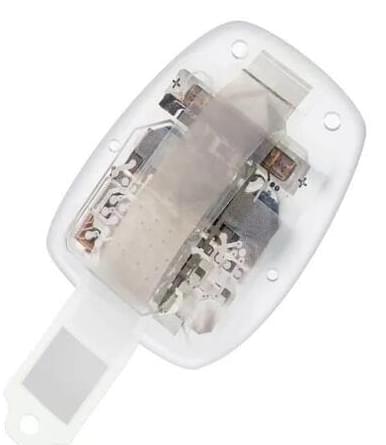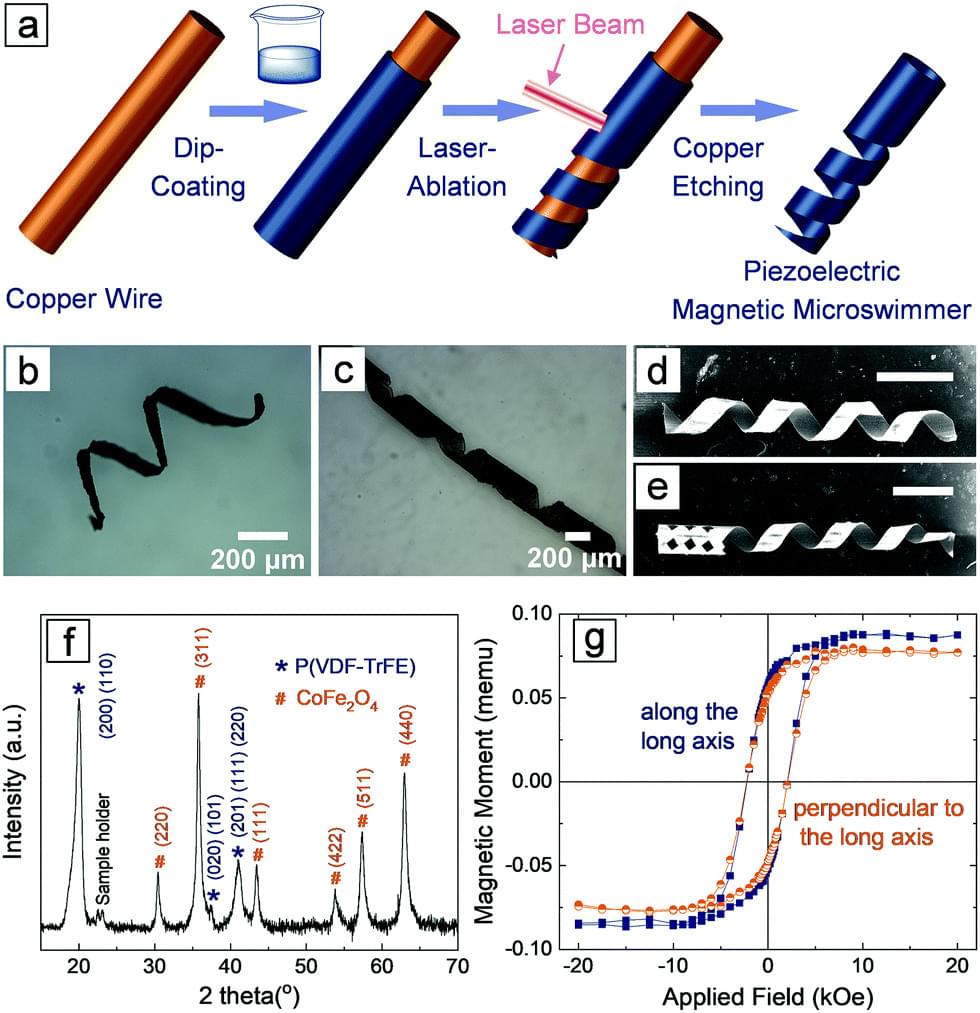Nov 21, 2022
Mayo Clinic Q&A podcast: The latest options for treating epilepsy
Posted by Shubham Ghosh Roy in categories: biotech/medical, robotics/AI
Research in the field continues to focus on seizure prevention, prediction and treatment. Dr. Van Gompel predicts that the use of artificial intelligence and machine learning will help neurologists and neurosurgeons continue to move toward better treatment options and outcomes.
“I think we will continue to move more and more toward removing less and less brain,” says Dr. Van Gompel. “And in fact, I do believe in decades, we’ll understand stimulation enough that maybe we’ll never cut out brain again. Maybe we’ll be able to treat that misbehaving brain with electricity or something else. Maybe sometimes it’s drug delivery, directly into the area, that will rehabilitate that area to make it functional cortex again. That’s at least our hope.”
Continue reading “Mayo Clinic Q&A podcast: The latest options for treating epilepsy” »

